If you ever hear me say something like “the car has no rust” or “it seems like a good deal” please stage an intervention. Or at least make sure its mentioned at one of the regularly scheduled ones held by my few remaining friends and not-yet-estranged family. Let’s take a look at the wood frame–be warned, plenty-o-photos inside.
Big Picture
Right, Looking Back: As far as I can tell, the scuttle frame, door posts, left sill, left quarter frame, fuel tank supports, and both wheel arches are original. Some in sad condition, but hey. The two cross members in the back — held in place only by the steel skin — may be original, though I have my doubts. The wheel valance on the left side is odd — I thought these were plywood when new, even back in 1954, but this one is actual wood, spline-joined at the arch. Most of the right side from the door back is courtesy of Home Depot.
Scuttle, Dash, Hinge Posts
Scuttle, Top Center: Even the pieces of the frame which are seemingly solid have a lot of holes and even some punky wood. I am planning on building the entire frame from scratch. The vertical supports for this piece are both split as well where they join the sill.
Dash Corner, Right: Both corners of the dash frame are split and broken where the screw goes through them. I may consider making this in three pieces instead of two to better orient the grain.
Door Hinge Post, Right: This is some tough stuff. To be fair, this side of the car suffered mightily.
Scuttle/Sill Join, Left: The left sill, despite my mantra of “the frame doesn’t seem to have much rot”, is pretty rotten. You can see the lower end of the hinge post is split in numerous places.
Upper Hinge Post, Left: Aside from the relaxed fit, probably from age and shakes more than anything else, this doesn’t look terrible. I would have made the return at left part of the door post rather than the dash support, but that’s why I don’t design cars.
Sills, Rockers
Right Sill and Rocker: Oh my. The wood used for the sill board appears to be poplar from this point back to the wheel arch. This join is not really helping the car much from a strengthening perspective…
Left Sill, at Wheel Arch: Yeah, this is rotten.
Left Sill and Rocker: You can see the tail end of a screw, there–the sill board has lost some of its width here.
Door Latch Posts and Quarter Frames
Right Side: On one hand, coarsely-plied plywood saves weight over ash, and is economical to buy at a nearby home center. On the other hand, think of the waste from cutting out what was not needed. Tsk.
Right Valance, Behind Door: The square nut on the “L” bracket is a nice Morgan-esque touch. Some of the original sill board was recycled, I could definitely learn something about thrift, here. (It suggests this was all done on the car, with as little removed as possible.)
Right Door Latch Post: This maybe could be a bit better.
Right Door Latch Post: Using shims for a precision fit is important.
Right Quarter Panel Frame: Old meets new at a lap joint which would definitely have Norm Abrams saying “that’s good!” The shiny, metal-looking stuff is bondo, which was used to dress the top, as the quarter panel was held on by an astonishing number of nails, you can see the holes. The quarter panel was cut every inch or so, and each “flap” had two nails holding it down. Mind, in the coarse plywood used for the frame, none of the nails had much actual holding power, but history tells us a few strong soldiers are no match for dozens of weaker ones.
Left Quarter Frame: There is some of the “apple green” paint on this sill and the quarter frame itself, which suggests these are original.
Left Door Latch Post: I’m not sure if the small blocks here are correct, I imagine they are. You can see the depression from the seat back.
Left Door Latch Post at Sill: This might be a bit better than the other side.
Wheel Arches and Valances
Right Valance, Looking Back: I should note I still need to remove the fuel tank hardware.
Right Valance, Bottom at Rear: I don’t think this is a “rabbet”, or it may just be an avant-garde interpretation of a frankly tired and stodgy wood-joining concept. The metal bracket hanging down was in place on either side to support the center of the panel where the spare tires sit. But it was not actually fastened there, at all.
Right, Arch Top: This is the original wood, though the quarter frame is joined to the new just outside the photo.
Right Arch, Back: “The frame seems to have no rot in it!” Sure thing, Roger. Note in a sturdier example of a +4, the lower cross member would be attached here.
Left Valance, Spline Join: See the next photo, but this has all the appearances, from the spline joint at a critical location to the materials to the small metal plate, of something not exactly Malvern Link. Though I really don’t know, and the rest of this corner seems undisturbed. Someone learn me, please!
Left Valance, Plank: This is actually a fairly impressive piece of wood, it’s the equivalent of a 1 x 12, and is clear wood without knots. I’m not a great species-identifier, but it’s not poplar or similar “hardwood” from the big box store.
Left Arch, Top: Looking copacetic here, though you can see (on both sides, natch) the arches are delaminating.
Left Valance and Arch: One argument against jolly great planks is the splitting you can see here. The tail end of the sill board decided a solo career was more its gig than remaining with the group. To be honest, I understand the impulse but it didn’t find much success.
Left Valance and Rear Sill: Now that I look at this, wasn’t this a rabbeted join? Which suggests the plank was added later. This is kind of an oddball car.
Broken Sill: It’s kind of interesting this broke like this across the grain.
Left Arch, Back: Again, rot free.
Left Arch, Back: Yep.
Cross Members
Left Side, Upper Cross Member: It’s not clear to me whether this small block is supposed to be here or is a later addition. It looks fairly casual to my eye.
Lower Cross Member: This, again, looks a bit casual on the curved cut, though there is definitely supposed to be a cross member!
Upper Cross Member, Right, Mixed Media, c. 1980-1990, Artist Unknown: A playful blue, reminiscent of a child’s bedroom or a day at the beach–the pure white peeking through a reminder of the purity lost upon transition to adulthood–has the viewer reconsider the dull, serious nature of support. Indeed, the artist has eschewed the traditional long screws demanded by the thick ash block in favor of fasteners that barely engage the block at all. The colorful plywood’s inability to do its job cannot be viewed as a failure, but instead is a call to action, to follow its lead and “break free” of society’s expectations and go your own way. Sadly, the artist’s rather heavy-handed underlining of their message–referring here to the wandering, lost lines of adhesive, dried and useless–makes this installation merely very good instead of great. The piece, in this reviewer’s opinion, would be better without this obvious play, but in the artist’s defense, subtlety is a luxury in today’s fast-paced world. The message of Upper Cross Member, Right is important enough to forgive the garish glue. Currently showing at Rusty Heaps as part of the “Who Needs Retirement Money” exhibit.


















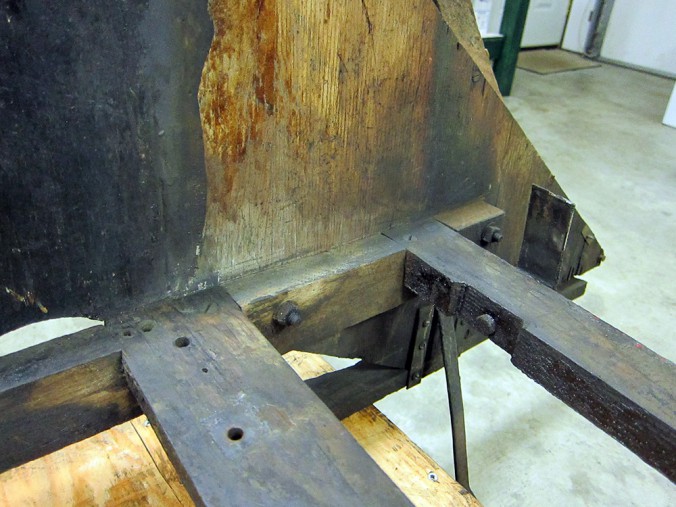

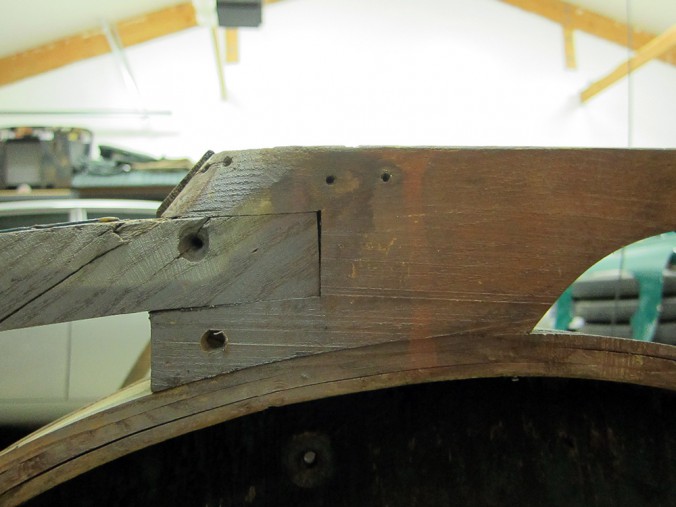


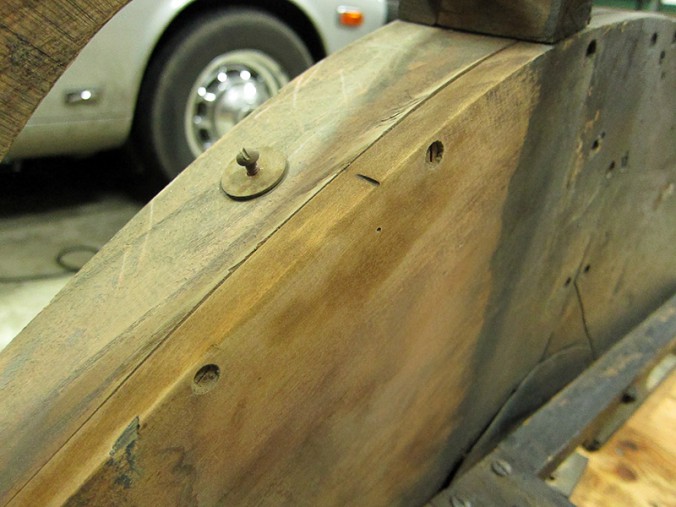
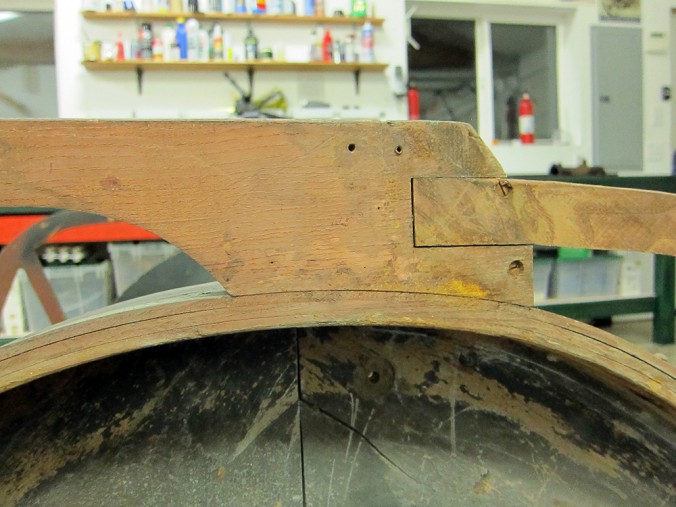







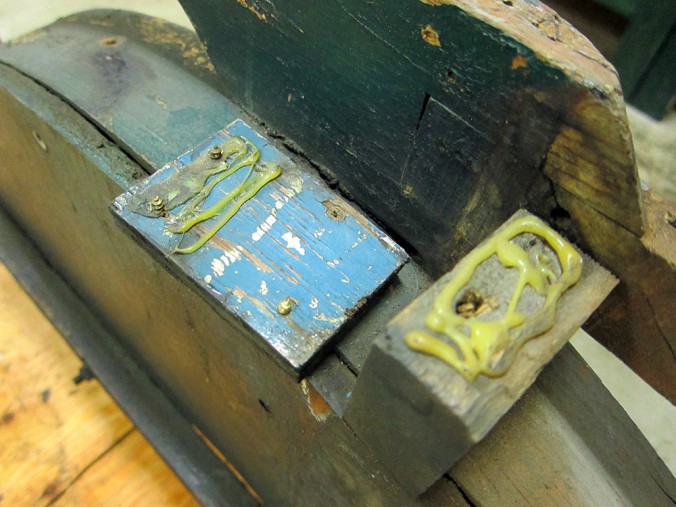
Roger, you need to take a visit over to the Morgan factory you would find that very interesting, on Petrolicious they had a Derek Wilburn of Long Beach, California a Morgan collector and restorer and collector, he might be worthwhile person for information. by the what what a job you did on the E type, now you can relax with this project real old world technology
Back for the first time since your E-type sale…. two thoughts: 1) you’re incurable, though coming from me that’s a compliment; and 2) please teach me how I can *not* muck up my ’64 Alfa 2600 sprint project.
Good luck on this one, it’s certainly a change from the last car.